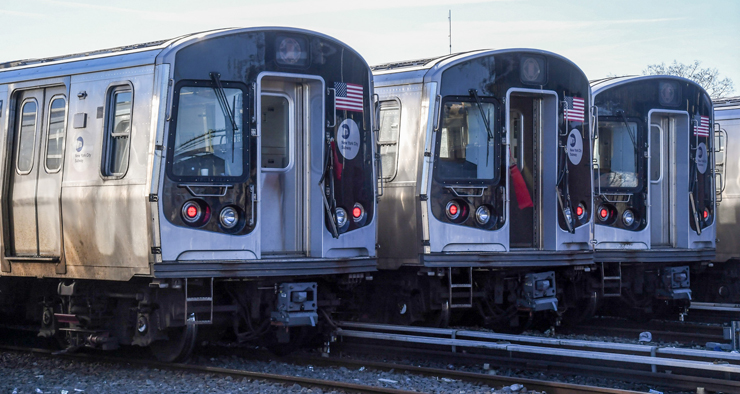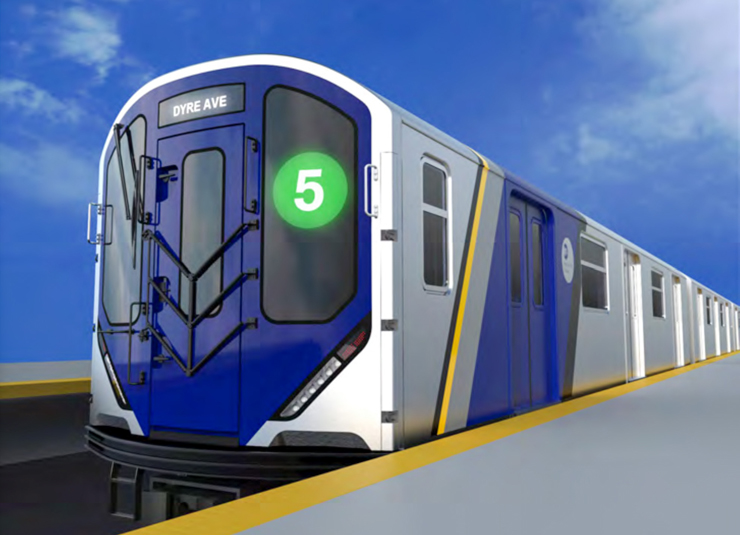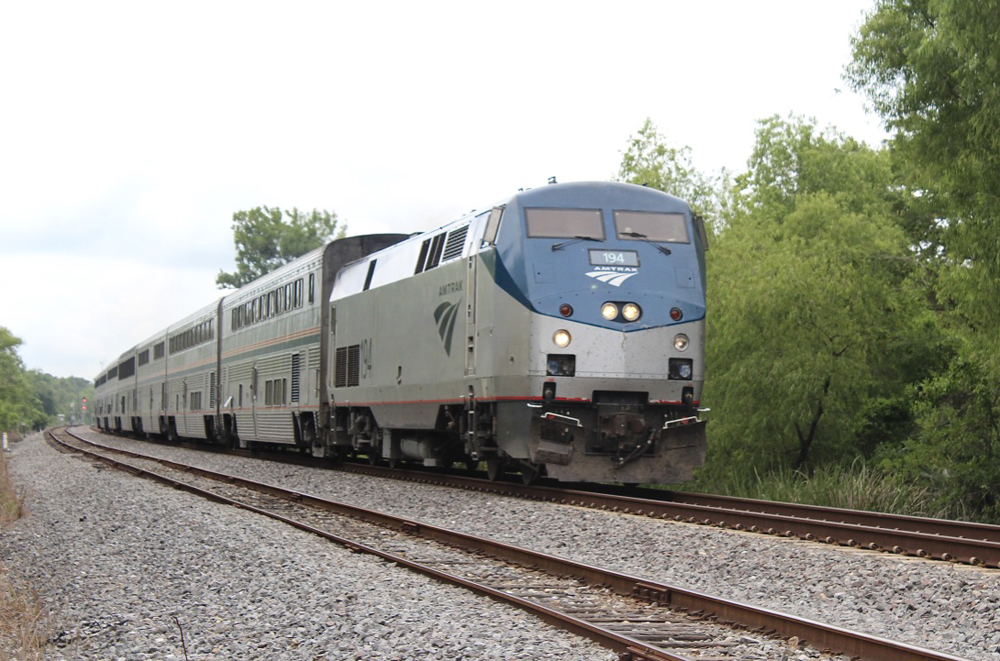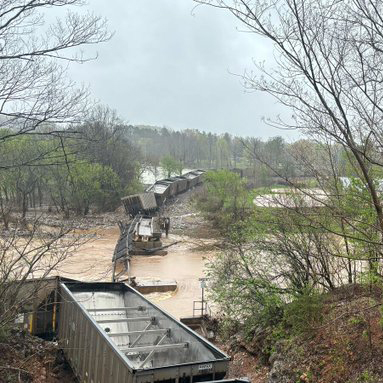NEW YORK — As it works to get new equipment back in service after technical issues, the Metropolitan Transit Authority’s New York City subway system is moving to replace and upgrade its aging car fleet. Over the next five years, the system may see as many as 4,000 new and refurbished cars.
The most immediate equipment move will be the return of new Bombardier-built R179 cars, removed from service Jan. 7 because of inadvertent door openings [see “NYC Subway withdraws new Bombardier cars for faulty doors,” Trains News Wire, Jan. 10, 2020]. New York City Transit president Andy Byford announced Tuesday that 298 cars will return to service this week following inspections and adjustments of all door system, as well as software upgrades. Consulting group LTK, a third-party inspector, has signed off on the work.
“I want to get these trains back into service but not until we are absolutely certain and we have been through that paperwork with a fine-tooth comb,” Byford said.
An additional 20 cars from Bombardier have not yet fully entered service.
In the long term, 42% of the 6,800-car subway fleet is over 30 years old and almost 300 cars are over 50 years old, well beyond their projected 40-year service life. In response, MTA staff members told a committee meeting Tuesday that refurbishment will be performed on a total 1,250 Bombardier R142s and similar Kawasaki-built 142s to convert them for communications-based train control on some lines. Built from 1999-2003, new systems will upgrade doors, air conditioning and heating, ethernet, and propulsion and braking.
New equipment on the way will be 535 R211 cars from Kawasaki, for both the subway’s lettered trains and the Staten Island Railway to replace current R44 and R46 models, some of which date to 1971. If the MTA exercises two contract options, there may eventually be over 1,600 of the cars, in three versions including a full width “gangway” version similar to trains in Paris and London. An open gangway train mock-up has been completed in Japan; a standard train set in production at Kawasaki’s plant in Lincoln, Neb., is scheduled for a July 2020 delivery. The 60-foot long cars will be the first New York equipment with factory-installed CBTC. The initial order is projected to be completed by August 2023
Also discussed was a proposal for the R262, based on the R211, but to be used on the 4,5, and 6 lines on Manhattan’s East Side, as well as the Grand Central Shuttle. Those lines serve six of the subway system’s top 10 stations in passenger volume. The new cars will replace R62 and R62A cars that were built in the 1980s, and will again provide factory-built CBTC, along with induction loops for hearing-impaired riders. An initial order of over 500 cars is expected, with additional options for a total of 1,360 cars. A Request for Proposals for those cars is expected in March; a contract could be awarded in 2021.
















As I remember, if I remember correctly, there are actually two systems in the MTA, and they do not interchange. This has to do with the history, and the reason for the inability to interchange is a difference in loading gauge.
So. Which cars are for which portion of which system? And how much effort would be required to have a single loading gauge throughout? And would such an effort be cost effective in the long run?
The above comments are generic in nature and do not form the basis for an attorney/client relationship. They do not constitute legal advice. I am not your attorney. He is still in jail.
Ann, the difference between the “A” Division and the “B” Division boils down to the diameter of the subway tunnels and curve radii. The “A” was the first-built IRT: the “B” was the former BMT and IND, the later built in the 20s with larger, longer cars and better clearances. They aren’t really compatible operationally.
And the “cognoscenti” know the differences, which are profound, and love them nontheless.
Charles is right. Both groups have the same track gauge, so the “number” cars can run on the letter lines, but they don’t because they would not hold as many passengers and, more important, there would be a dangerous gap between the cars and the platform.
Anna, the cars that run on the lines designated by numbers are shorter and narrower than the lines with letters. The cars for the lines with letters cannot fit in the tunnels of the lines with numbers.The lines with numbers are the former Interborough Rapid Transit lines, the first in NYC. The lines with letters are the former Independent and Brooklyn -Manhattan Transit lines which were built later to a much larger tunnel cross section.